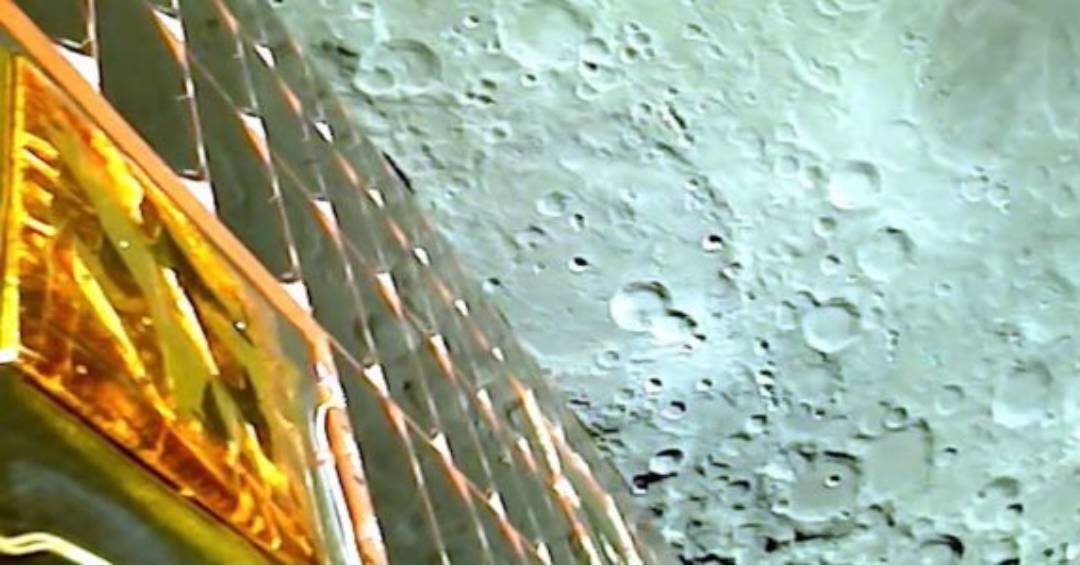
India is eagerly anticipating the upcoming Chandrayaan-3 mission, which is poised for a significant milestone today as its lander separation module is scheduled to take place. On Wednesday, the spacecraft successfully completed all its planned maneuvers en route to the Moon.
The separation process involves disengaging the lander and rover from the propulsion module. Following this separation, the lander is projected to undergo a controlled “deboost” procedure, slowing its velocity to position it in an orbit where it will maintain a closest point to the Moon (Perilune) at 30 kilometers and a farthest point (Apolune) at 100 kilometers. The next critical step is the planned soft landing on the Moon’s southern polar region, which is targeted for August 23, as stated by ISRO.
Chairman S Somanath of the space agency recently emphasized the significance of velocity reduction during the lander’s descent from 30 kilometers to its final landing position. He explained that transitioning the craft from a horizontal to a vertical orientation is a pivotal maneuver, likening it to a “trick.” The initial landing velocity is around 1.68 kilometers per second, but it’s important to note that this speed is parallel to the Moon’s surface. With Chandrayaan-3’s nearly 90-degree tilt, careful calculations, fuel conservation, and precise algorithm functioning are all crucial considerations, he further elaborated.
In the weeks following its July 14 launch, ISRO has orchestrated a series of five maneuvers, systematically propelling the Chandrayaan-3 spacecraft to increasingly distant orbits around Earth. A pivotal turning point occurred on August 1 with a critical slingshot maneuver that effectively launched the spacecraft from Earth’s orbit toward the Moon.
Subsequent to this trans-lunar injection, Chandrayaan-3 successfully exited Earth’s orbit and commenced its trajectory toward the Moon’s vicinity, eventually entering lunar orbit.
Chandrayaan-3, building upon the Chandrayaan-2 mission in 2019, aims to showcase comprehensive capabilities in secure lunar landing and surface exploration. It encompasses a homegrown propulsion module, a dedicated lander module, and a rover, all designed to develop and demonstrate advanced technologies essential for interplanetary missions. In addition to transporting the lander and rover within 100 kilometers of lunar orbit, the propulsion module carries the Spectro-polarimetry of Habitable Planet Earth (SHAPE) payload, designed to analyze Earth’s spectral and polarimetric properties from lunar orbit.p

Post Your Comments